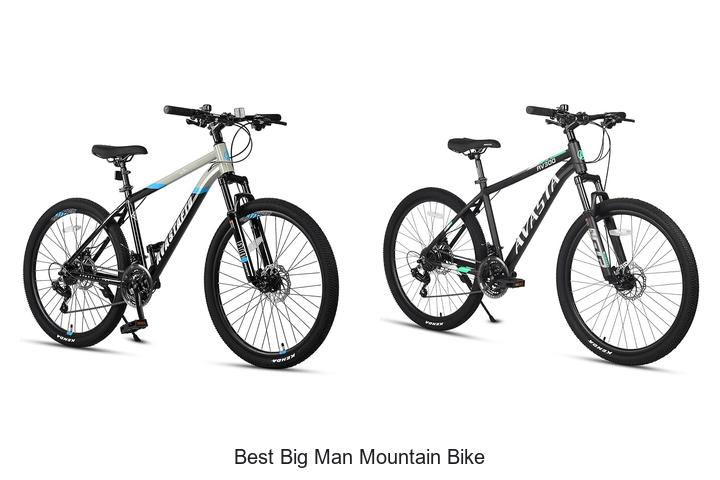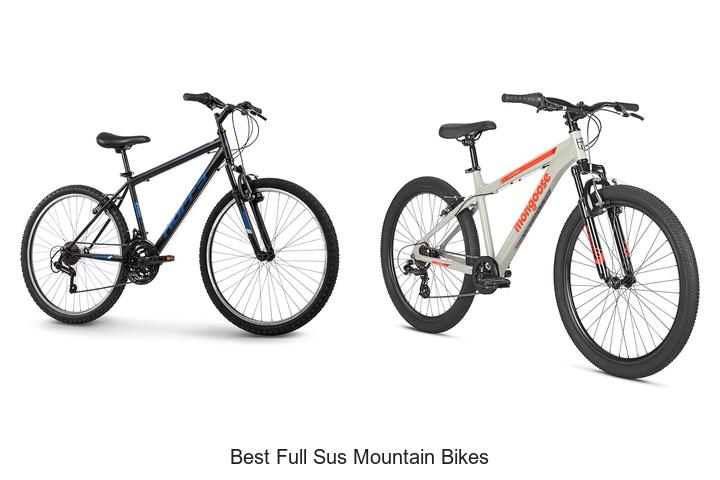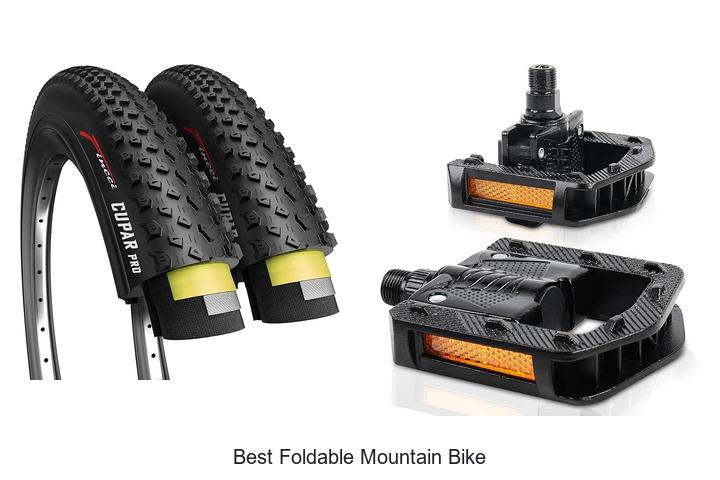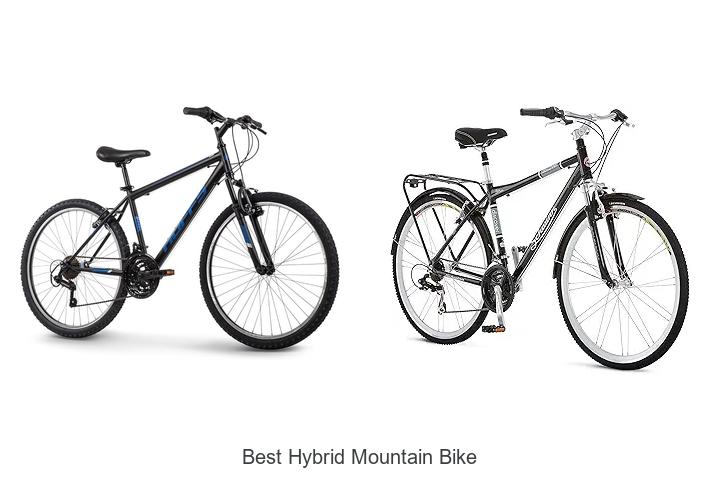How to Center Back Wheel Trek 4300 Mountain Bike Easily
Key Takeaways
- Centering the back wheel of your Trek 4300 is essential for safety, stability, and prolonging bike component life.
- Signs of misalignment include wobbling, uneven tire wear, chain slips, and the bike pulling to one side.
- Use appropriate tools like cone wrenches, a spoke wrench, and a bike repair stand for accurate wheel centering.
- Loosen axle nuts slightly, align the wheel evenly between the chainstays, then tighten nuts securely while maintaining alignment.
- Regular maintenance, including spoke tension checks and tire pressure monitoring, helps keep the wheel properly centered.
- Proper storage and periodic professional inspections ensure long-term wheel alignment and optimal bike performance.
Getting your Trek 4300 mountain bike’s back wheel perfectly centered is key to a smooth and safe ride. If you’ve noticed wobbling or uneven tire wear, it’s a sign your wheel might be off-center. Luckily, with a few simple tools and some basic know-how, you can fix this yourself without heading to the shop.
Centering the back wheel ensures better handling and extends the life of your bike components. Whether you’re new to bike maintenance or just need a quick refresher, this guide will walk you through the essential steps to get your Trek 4300 rolling straight and true. You’ll be back on the trail in no time with improved stability and confidence.
Understanding the Importance of Centering the Back Wheel
Centering the back wheel of your Trek 4300 mountain bike ensures optimal performance and safety. Proper alignment prevents damage and improves your riding experience.
Effects of a Misaligned Back Wheel on Performance
A misaligned back wheel reduces stability and control during rides. It creates uneven tire wear, leading to premature replacement costs. Poor alignment stresses the bike’s frame and drivetrain, causing unnecessary wear on gears and bearings. Reduced traction during climbs and descents increases the risk of slipping or accidents. Misalignment also results in higher rolling resistance, making pedaling harder and wasting your energy.
Signs Your Trek 4300 Back Wheel Needs Centering
You detect wobbling or side-to-side movement when spinning the rear wheel. Uneven tire wear appears as patches or one-sided tread erosion. The chain slips or shifts abruptly, indicating drivetrain misalignment caused by the wheel. Noise increases from bearings or brakes due to uneven contact. Your bike pulls to one side during rides, requiring constant correction of your steering. Visual inspection shows the wheel not sitting evenly between the chainstays.
Centering the back wheel tackles these problems, restoring smoothness and reliability in your Trek 4300’s performance.
Tools Needed to Center the Back Wheel on a Trek 4300
You need specific tools to center the back wheel of your Trek 4300 accurately.
- Bike repair stand: Holds your bike steady and at a comfortable height for adjustments.
- Cone wrenches (13mm and 15mm): Fit the axle nuts to loosen and tighten the wheel.
- Open-end wrench or adjustable wrench: Provides extra leverage on axle nuts or quick-release levers.
- Spoke wrench: Adjusts spoke tension if necessary to true the wheel after centering.
- Tire pressure gauge and pump: Ensures your tire maintains correct pressure during the process.
- Flathead screwdriver: Helps align brake calipers if the rim shifts during centering.
- Marker or chalk: Marks the rim position to monitor centering progress.
Using these tools in combination allows precise wheel alignment for optimal bike performance.
Step-by-Step Guide to Center the Back Wheel
Follow these steps to center the back wheel of your Trek 4300 mountain bike accurately. Each stage ensures proper alignment for a smooth, safe ride.
Preparing Your Trek 4300 for Adjustment
Position your bike on a repair stand to access the rear wheel easily. Deflate the tire slightly if it’s fully inflated to reduce pressure on the axle. Gather the necessary tools: cone wrenches, an adjustable wrench, a spoke wrench, and a marker. Confirm the bike is stable before you start working.
Loosening the Rear Wheel Nuts
Use the adjustable wrench to loosen the rear wheel nuts evenly on both sides. Turn each nut counterclockwise just enough to free the wheel from a tight hold without removing the nuts completely. This loosening allows the wheel to move within the dropouts for adjustment.
Aligning the Wheel with the Frame
Center the wheel between the chainstays by visually checking the gap between the tire and frame on both sides. Adjust the wheel side to side until equal spacing appears. For precision, use a straightedge along the frame or measure from the tire to the stay at multiple points. Ensure the axle sits fully in the dropouts without tilting.
Tightening the Nuts Securely
Hold the wheel aligned while tightening the rear nuts with the adjustable wrench. Alternate tightening between left and right nuts in small increments to maintain centering. Apply firm, even torque until the nuts are tight and the wheel no longer shifts. Avoid overtightening to prevent damage to the axle or frame.
Checking the Wheel Alignment
Spin the back wheel to confirm it runs true without wobbling or rubbing against the frame or brakes. Inspect the tire spacing again after tightening the nuts to verify consistent clearance. If you notice any deviation, repeat the alignment and tightening process until the wheel stays centered during rotation.
Tips for Maintaining Proper Wheel Alignment on Your Trek 4300
Check your wheel alignment regularly to prevent issues before they worsen. Inspect the rear wheel by spinning it and observing any side-to-side wobble or contact with the frame and brake pads. Adjust the tension of the spokes with a spoke wrench if the wheel shows uneven tracking or slight bends. Ensure even spoke tension by tightening or loosening spokes incrementally on opposite sides.
Tighten the rear wheel nuts evenly and securely after each adjustment. Uneven tightening causes misalignment and quick loosening during rides. Use the correct torque specifications for your Trek 4300’s axle nuts or quick-release skewer to avoid damage to components.
Monitor tire pressure frequently using a tire pressure gauge and maintain it within the recommended range printed on the tire sidewall. Proper tire pressure prevents uneven wear and improves wheel stability. Inflate tires with a suitable pump to maintain consistent pressure levels.
Keep your bike clean, especially around the rear wheel hub, axle, and dropout area. Dirt and debris can cause misalignment and interfere with axle seating. Wipe these areas with a clean cloth and apply lubricant sparingly to the hub bearings.
Schedule periodic professional inspections if you ride frequently or in rough conditions. Certified bike mechanics can detect subtle alignment issues and perform precise adjustments or wheel truing beyond routine maintenance.
Store your Trek 4300 properly to maintain wheel alignment. Hang your bike by the frame or use a repair stand to avoid pressure on wheels. Avoid leaning it against hard surfaces that can bend rims or misplace the axle.
Follow these practices consistently to maintain the centered condition of your Trek 4300 rear wheel, enhancing safety, ride quality, and component longevity.
Conclusion
Centering your Trek 4300’s back wheel isn’t just a quick fix—it’s an essential step to keep your bike running smoothly and safely. By taking the time to align the wheel properly, you’ll enjoy better handling and extend the life of your components.
With the right tools and a little patience, you can tackle this maintenance yourself, saving time and money. Regularly checking and adjusting your wheel alignment ensures each ride feels stable and responsive, letting you focus on the trail ahead with confidence.



